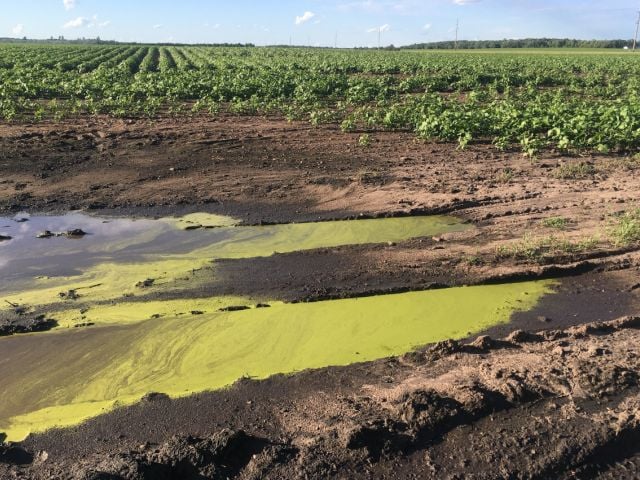EWG’s recent report, “Ethanol’s Broken Promise,” came under attack last week (June 12) by researchers at the Argonne National Laboratory who challenged our conclusion that reducing the amount of corn ethanol blended into gasoline will reduce the carbon emissions that intensify global warming.
Michael Wang and his Argonne colleagues claim that EWG “misunderstood” a 2010 EPA analysis that projected the life-cycle greenhouse gas emissions of corn ethanol and gasoline from 2012 to 2042.
Really? Did the National Research Council misunderstand the EPA, too?
In 2011 the Council, a branch of the prestigious National Academy of Sciences, released its own report on corn ethanol’s environmental and economic effects, which also relied on EPA’s 2010 assessment of corn ethanol emissions.
In its report, the Council found that “according to EPA’s own estimates, corn-grain ethanol produced in 2011, which is almost exclusively made in biorefineries using natural gas as a heat source, is a higher emitter of GHG [greenhouse gases] than gasoline.”
EWG’s report used the same numbers cited by the National Research Council to estimate how reducing the corn ethanol mandate would reduce greenhouse gas emissions. Based on that analysis and data showing that the ethanol mandate has spurred farmers to plow up millions of acres of wetlands and grasslands, EWG also concluded that corn ethanol’s lifecycle emissions are greater than gasoline’s.
But according to Wang, both National Academy of Sciences and EWG are just confused.



